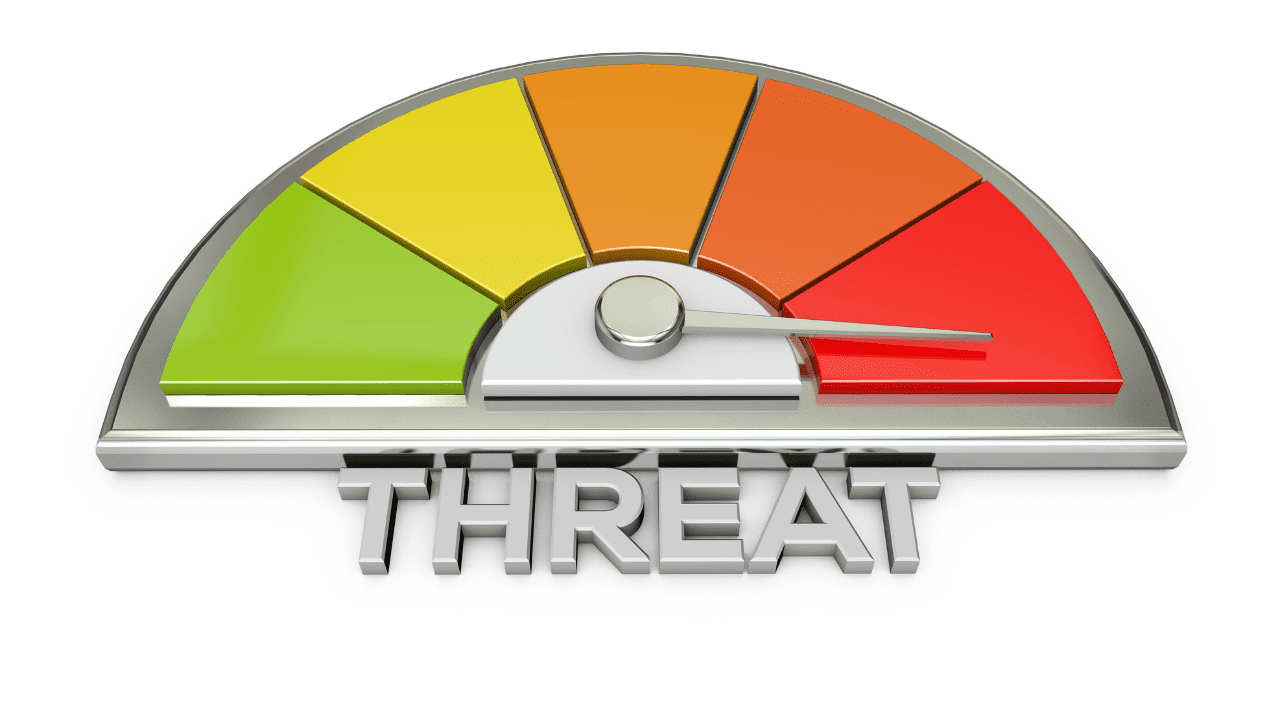In today’s interconnected digital landscape, the importance of cybersecurity cannot be overstated. With each passing year, the threat posed by viruses and malware continues to grow. As we enter midway into 2023, it is crucial to stay informed about the most dangerous virus and malware threats that can compromise our personal data, financial security, and overall online well-being. Let’s explore the top 10 threats that demand our attention and vigilance.
Virus Threats
Trojan Horse
A Trojan Horse is a type of malware that disguises itself as legitimate software, deceiving users into unknowingly downloading and installing it. These stealthy programs can open a backdoor for cybercriminals to gain unauthorized access to systems or steal sensitive information. Notable examples of Trojan Horse attacks include the infamous Zeus and Emoted malware.
Ransomware
Ransomware has become a menacing weapon in the hands of cybercriminals. It encrypts the victim’s files, rendering them inaccessible, and demands a ransom for their release. Recent high-profile attacks like the Colonial Pipeline incident and the WannaCry outbreak highlight the devastating impact ransomware can have on critical infrastructure and global businesses.
Worms
Worms are self-replicating malware that can spread across networks without any user intervention. They exploit vulnerabilities in operating systems and applications to infect and compromise multiple computers. Worm infections can cause widespread damage and disruption, as seen in the notorious Conficker worm outbreak.
Malware Threats
Spyware
Spyware is a malicious software that secretly gathers information about a user’s activities, without their knowledge or consent. It can monitor keystrokes, capture screenshots, record browsing habits, and transmit sensitive data to malicious actors, compromising privacy and potentially leading to identity theft. The dangers posed by spyware are significant, as it can operate silently in the background, evading detection by traditional antivirus programs.
Adware
Adware, while often considered less malicious than other forms of malware, can still pose risks to users. Adware infects devices with intrusive advertisements, pop-ups, and unwanted browser redirects. Apart from disrupting the user experience and slowing down system performance, some adware can also collect personal information and browsing habits, which may be exploited for targeted advertising or sold to third parties.
Keyloggers
Keyloggers are designed to record every keystroke made by a user, including passwords, credit card numbers, and sensitive personal information. These stealthy malwares can be delivered through infected email attachments or malicious websites. Cybercriminals can then analyze the captured data to gain unauthorized access to online accounts or commit identity theft. Notable keylogger attacks include the Carbanak and Ursnif malware campaigns.
Advanced Persistent Threats (APTs)
Understanding APTs
Advanced Persistent Threats (APTs) are sophisticated, long-term cyberattacks launched by well-funded and highly skilled adversaries. APT actors employ various techniques, including social engineering, zero-day exploits, and custom malware, to infiltrate targeted organizations and remain undetected for extended periods. Their objectives range from intellectual property theft to surveillance and sabotage.
Notable APT campaigns in recent years
Over the years, several high-profile APT campaigns have captured global attention. Examples include the Stuxnet worm, which targeted Iranian nuclear facilities, and the ongoing activity of nation-state actors such as APT28 (Fancy Bear) and APT29 (Cozy Bear). These APT campaigns have demonstrated the potential for significant geopolitical impact and the need for robust defence strategies.
Botnets
Definition and purpose of botnets
A botnet is a network of compromised computers or devices that are under the control of a central command-and-control server. Cybercriminals use botnets to carry out various malicious activities, such as launching distributed denial-of-service (DDoS) attacks, distributing spam emails, and stealing sensitive data through coordinated efforts. The sheer scale and power of botnets make them a major concern for cybersecurity professionals.
Real-world examples of botnet-driven attacks
Botnets have been responsible for some of the largest and most disruptive cyberattacks in history. The Mirai botnet, for instance, infected numerous Internet of Things (IoT) devices and orchestrated massive DDoS attacks, disrupting major online services. Another notable example is the Avalanche botnet, which operated for years, facilitating various cybercrimes, including phishing and malware distribution.
Phishing Attacks
Definition and types of phishing attacks
Phishing is a social engineering technique that involves tricking individuals into revealing sensitive information, such as login credentials or financial details, by impersonating trustworthy entities. Common types of phishing attacks include spear phishing, whaling, and pharming. These attacks exploit human vulnerabilities and rely on psychological manipulation to deceive unsuspecting victims.
Case studies of successful phishing attacks
Countless individuals and organizations have fallen victim to sophisticated phishing attacks. The case of the 2016 phishing attack on the Democratic National Committee (DNC), which resulted in significant data breaches and political implications, serves as a stark reminder of the potential consequences. Similarly, the widespread Google Docs phishing scam in 2017 highlighted the need for constant vigilance and user education.
Mobile Malware
Rise of mobile malware
With the proliferation of smartphones and tablets, mobile devices have become lucrative targets for cybercriminals. Mobile malware can include malicious apps, SMS-based attacks, and mobile botnets. The increased dependency on mobile devices for various activities, including banking, shopping, and social media, has made mobile malware a growing threat in recent years.
Notable mobile malware threats
There are several noteworthy mobile malware threats that users should be aware of. Examples include the Joker malware, which disguises itself as legitimate apps and secretly subscribes users to premium services without their consent. Another notable threat is the FluBot malware, which spreads through SMS messages and steals sensitive information from Android devices. These mobile malware threats emphasize the importance of mobile security measures and cautious app installation.
Protecting Against Virus and Malware Threats
Importance of strong cybersecurity practices
To safeguard against the ever-evolving landscape of virus and malware threats, it is crucial to adopt strong cybersecurity practices. This includes using reputable antivirus software, regularly updating operating systems and applications, and implementing robust security measures across devices and networks. Additionally, practicing safe browsing habits, such as avoiding suspicious websites and refraining from clicking on unknown links, can significantly reduce the risk of infection.
Implementing effective security measures
To enhance protection against virus and malware threats, organizations and individuals should employ multiple layers of security. This includes utilizing firewalls, intrusion detection systems, and secure network configurations. Regular data backups and the use of encryption techniques can also mitigate the impact of potential attacks. Furthermore, user education and awareness campaigns play a vital role in cultivating a security-conscious culture.
Keeping software and systems updated
Regularly updating software and systems is a critical defence strategy against virus and malware threats. Software updates often include security patches that address vulnerabilities exploited by cybercriminals. By staying up to date with the latest patches and fixes, users can strengthen their defence and minimize the risk of falling victim to known exploits.
As we navigate the digital landscape of 2023, understanding the most dangerous virus and malware threats is essential for protecting our personal and professional lives. From the stealthy Trojan Horse to the disruptive power of botnets, the evolving threat landscape demands constant vigilance. By implementing robust cybersecurity practices, staying informed about emerging threats, and adopting a proactive mindset, we can fortify our defence’s and ensure a safer digital future. Let us prioritize cybersecurity and defend against the malicious forces seeking to exploit our vulnerabilities.

